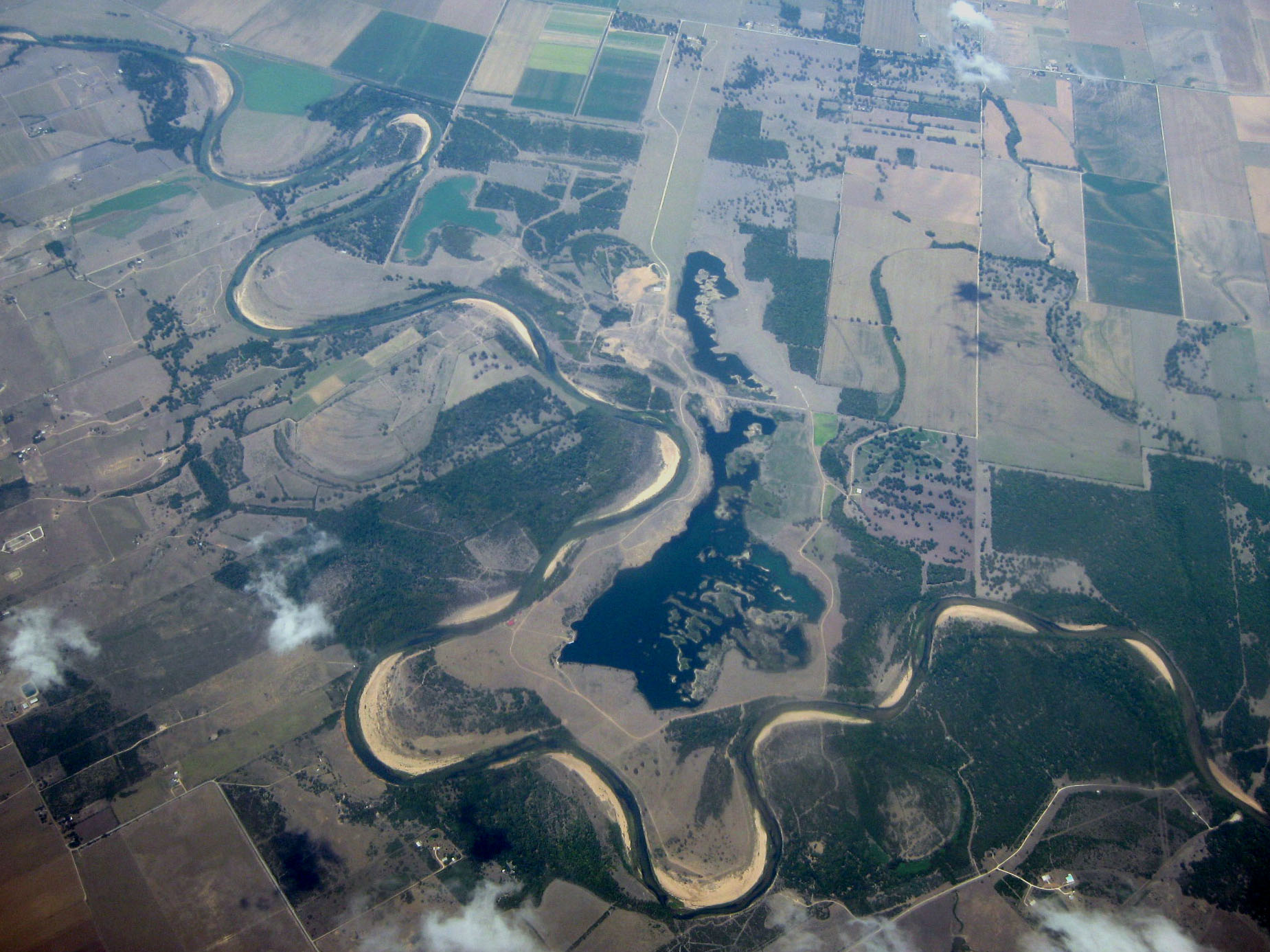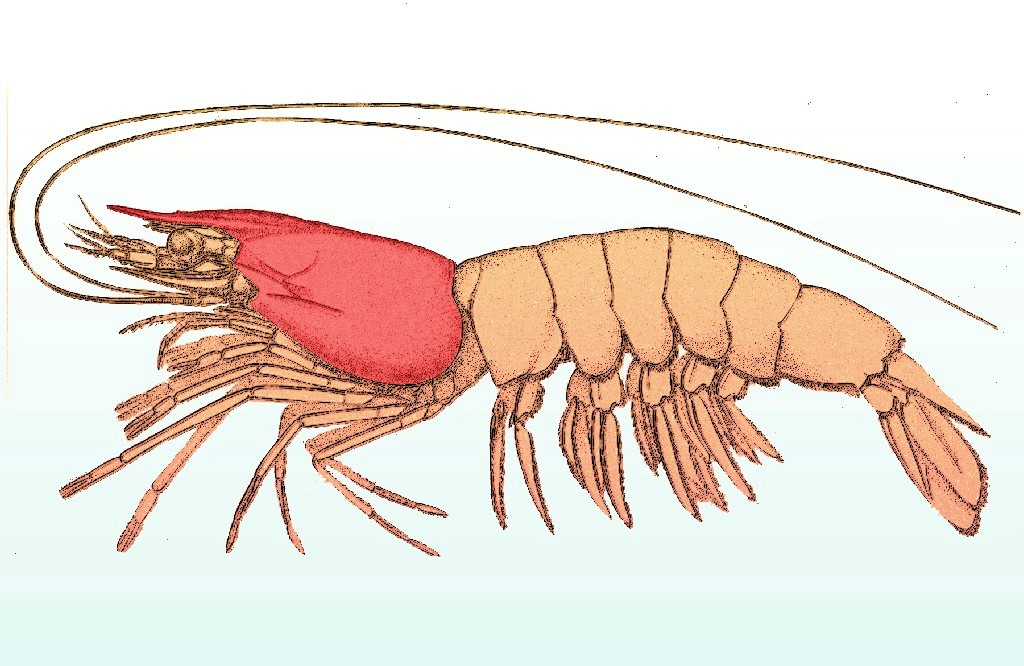|
Texas Map Turtle
The Texas map turtle (''Graptemys versa'') is a species of Emydidae, emydid turtle Endemism, endemic to Texas. Geographic range Endemic to Texas within the Colorado River (Texas) drainage Description ''Graptemys versa'' is a smaller map turtle, turtle; females only attain a carapace length of 21.4 cm (8.4 in). Males are even smaller, only attaining a carapace length of 9.0 cm (3.5 in). When viewed dorsally, the carapace is oval-shaped with the widest part just above the rear legs. The posterior marginals are serrated and the carapacial scutes are convex. A medial keel is present on the vertebral scutes with the most prominent keels being located on the first three. The apex of these scutes are yellowish but often become worn down with age. The base coloration of the carapace is olive green with yellow reticulations. Juveniles and young adults often bear some slight pattern along the central seams of the plastral scutes. However, some adults have a cream ... [...More Info...] [...Related Items...] OR: [Wikipedia] [Google] [Baidu] |
Leonhard Hess Stejneger
Leonhard Hess Stejneger (30 October 1851 – 28 February 1943) was a Norwegian-born American ornithologist, herpetologist and zoologist. Stejneger specialized in vertebrate natural history studies. He gained his greatest reputation with reptiles and amphibians. Wetmore, Alexander (1945). "Leonhard Hess Stejneger (1851–1943)". ''Biographical Memoir. Nat. Acad. Sci.'' 24: 145–195PDF/ref> Early life and family Stejneger was born in Bergen, Norway. His father was Peter Stamer Steineger, a merchant and auditor; his mother was Ingeborg Catharine (née Hess). Leonhard was the eldest of seven children. His sister Agnes Steineger was a Norwegian artist. Until 1880, the Steineger family had been one of the wealthy families in Bergen; at that time business reverses led to the father declaring bankruptcy. Stejneger attended the Smith Theological School in Bergen from 1859 to 1860, and Bergen Latin School until 1869. His interests in zoology developed early. By age sixteen, he had ... [...More Info...] [...Related Items...] OR: [Wikipedia] [Google] [Baidu] |
Hobart Muir Smith
Hobart Muir Smith, born Frederick William Stouffer (September 26, 1912 – March 4, 2013), was an Americans, American Herpetology, herpetologist. He is credited with describing more than 100 new species of American reptiles and amphibians. In addition, he has been honored by having at least six species named after him, including the southwestern blackhead snake (''Tantilla hobartsmithi)'', Smith's earth snake (''Uropeltis grandis''), Smith's arboreal alligator lizard (''Abronia smithi)'', Hobart's anadia (''Anadia hobarti)'', Hobart Smith's anole (''Anolis hobartsmithi)'', and Smith's rose-bellied lizard (''Sceloporus smithi)''. At 100 years of age, Smith continued to be an active and productive herpetologist. Although he published on a wide range of herpetological subjects, his main focus throughout his career was on the amphibians and reptiles of Mexico, including taxonomy, bibliographies, and history. Having published more than 1,600 manuscripts, he surpassed all contempor ... [...More Info...] [...Related Items...] OR: [Wikipedia] [Google] [Baidu] |
Roger Conant (herpetologist)
Roger Conant (May 6, 1909 – December 19, 2003) was an American herpetologist, author, educator and conservationist. He was Director Emeritus of the Philadelphia Zoo and adjunct professor at the University of New Mexico. He wrote one of the first comprehensive field guides for North American reptiles in 1958 entitled: ''A Field Guide to Reptiles and Amphibians of Eastern and Central North America'', in the Peterson Field Guide series. Biography Born in Mamaroneck, New York, Conant lost his father when he was young. When he was a teenager he took a job at a local zoo to help his mother make ends meet, which, along with participating in the Boy Scouts of America, began his lifelong passion for reptiles. He was the first Eagle Scout in Monmouth County Council, New Jersey in 1924. He moved to Toledo, Ohio in 1929 and worked as Curator of Reptiles, and later General Curator at the Toledo Zoo from 1929 to 1935. In 1935 he returned to Philadelphia and became the Curator of Reptiles at ... [...More Info...] [...Related Items...] OR: [Wikipedia] [Google] [Baidu] |
Species
A species () is often defined as the largest group of organisms in which any two individuals of the appropriate sexes or mating types can produce fertile offspring, typically by sexual reproduction. It is the basic unit of Taxonomy (biology), classification and a taxonomic rank of an organism, as well as a unit of biodiversity. Other ways of defining species include their karyotype, DNA sequence, morphology (biology), morphology, behaviour, or ecological niche. In addition, palaeontologists use the concept of the chronospecies since fossil reproduction cannot be examined. The most recent rigorous estimate for the total number of species of eukaryotes is between 8 and 8.7 million. About 14% of these had been described by 2011. All species (except viruses) are given a binomial nomenclature, two-part name, a "binomen". The first part of a binomen is the name of a genus to which the species belongs. The second part is called the specific name (zoology), specific name or the specific ... [...More Info...] [...Related Items...] OR: [Wikipedia] [Google] [Baidu] |
Emydidae
Emydidae (Latin (freshwater tortoise) + Ancient Greek (, "appearance, resemblance")) is a family of testudines (turtles) that includes close to 50 species in 10 genera. Members of this family are commonly called terrapins, pond turtles, or marsh turtles. Several species of Asian box turtles were formerly classified in the family; however, revised taxonomy has separated them to a different family ( Geoemydidae). As currently defined, the Emydidae are entirely a Western Hemisphere family, with the exception of two species of pond turtle. Description The upper shell (carapace) of most emydids is the shape of a low arch, although in some species, it is domed. The upper shell may have one or two ridges that run from front to the back of the animal (a projection commonly called a "keel"), or such a feature may be absent. A prominent bridge often connects the top shell to the bottom shell (plastron). Emydids have large bottom shells, and some members of the family have a movable ... [...More Info...] [...Related Items...] OR: [Wikipedia] [Google] [Baidu] |
Turtle
Turtles are reptiles of the order (biology), order Testudines, characterized by a special turtle shell, shell developed mainly from their ribs. Modern turtles are divided into two major groups, the Pleurodira (side necked turtles) and Cryptodira (hidden necked turtles), which differ in the way the head retracts. There are 360 living and recently extinct species of turtles, including land-dwelling tortoises and freshwater terrapins. They are found on most continents, some islands and, in the case of sea turtles, much of the ocean. Like other Amniote, amniotes (reptiles, birds, and mammals) they breathe air and do not lay eggs underwater, although many species live in or around water. Turtle shells are made mostly of bone; the upper part is the domed Turtle shell#Carapace, carapace, while the underside is the flatter plastron or belly-plate. Its outer surface is covered in scale (anatomy), scales made of keratin, the material of hair, horns, and claws. The carapace bones deve ... [...More Info...] [...Related Items...] OR: [Wikipedia] [Google] [Baidu] |
Endemism
Endemism is the state of a species being found only in a single defined geographic location, such as an island, state, nation, country or other defined zone; organisms that are indigenous to a place are not endemic to it if they are also found elsewhere. For example, the Cape sugarbird is found exclusively in southwestern South Africa and is therefore said to be ''endemic'' to that particular part of the world. An endemic species can also be referred to as an ''endemism'' or, in scientific literature, as an ''endemite''. Similarly, many species found in the Western ghats of India are examples of endemism. Endemism is an important concept in conservation biology for measuring biodiversity in a particular place and evaluating the risk of extinction for species. Endemism is also of interest in evolutionary biology, because it provides clues about how changes in the environment cause species to undergo range shifts (potentially expanding their range into a larger area or b ... [...More Info...] [...Related Items...] OR: [Wikipedia] [Google] [Baidu] |
Colorado River (Texas)
The Colorado River is an approximately river in the United States, U.S. state of Texas. It is the 11th longest river in the United States and the longest river with both its source (river or stream), source and its river delta, mouth within Texas. Its drainage basin and some of its usually dry tributaries extend into New Mexico. It flows generally southeast from Dawson County, Texas, Dawson County through Ballinger, Texas, Ballinger, Marble Falls, Texas, Marble Falls, Lago Vista, Texas, Lago Vista, Austin, Texas, Austin, Bastrop, Texas, Bastrop, Smithville, Texas, Smithville, La Grange, Texas, La Grange, Columbus, Texas, Columbus, Wharton, Texas, Wharton, and Bay City, Texas, Bay City, before emptying into the Gulf of Mexico at Matagorda Bay. Course The Colorado River originates south of Lubbock, Texas, Lubbock, on the Llano Estacado near Lamesa, Texas, Lamesa. It flows generally southeast out of the Llano Estacado and through the Texas Hill Country, then through several res ... [...More Info...] [...Related Items...] OR: [Wikipedia] [Google] [Baidu] |
Map Turtle
A map is a symbolic depiction of interrelationships, commonly spatial, between things within a space. A map may be annotated with text and graphics. Like any graphic, a map may be fixed to paper or other durable media, or may be displayed on a transitory medium such as a computer screen. Some maps change interactively. Although maps are commonly used to depict geographic elements, they may represent any space, real or fictional. The subject being mapped may be two-dimensional such as Earth's surface, three-dimensional such as Earth's interior, or from an abstract space of any dimension. Maps of geographic territory have a very long tradition and have existed from ancient times. The word "map" comes from the , wherein ''mappa'' meant 'napkin' or 'cloth' and ''mundi'' 'of the world'. Thus, "map" became a shortened term referring to a flat representation of Earth's surface. History Maps have been one of the most important human inventions for millennia, allowing humans t ... [...More Info...] [...Related Items...] OR: [Wikipedia] [Google] [Baidu] |
Carapace
A carapace is a dorsal (upper) section of the exoskeleton or shell in a number of animal groups, including arthropods, such as crustaceans and arachnids, as well as vertebrates, such as turtles and tortoises. In turtles and tortoises, the underside is called the plastron. In botany, a carapace refers to the hard outer cover of a seed which protects the inner embryo. Crustaceans In crustaceans, the carapace functions as a protective cover over the cephalothorax (i.e., the fused head and thorax, as distinct from the abdomen behind). Where it projects forward beyond the eyes, this projection is called a rostrum. The carapace is calcified to varying degrees in different crustaceans. Zooplankton within the phylum Crustacea also have a carapace. These include Cladocera, ostracods, and isopods, but isopods only have a developed "cephalic shield" carapace covering the head. Arachnids In arachnids, the carapace is formed by the fusion of prosomal tergites into a single pl ... [...More Info...] [...Related Items...] OR: [Wikipedia] [Google] [Baidu] |
Graptemys
''Graptemys'' is a genus of freshwater turtles containing 14 species, commonly known as map turtles.species:Brian I. Crother, Crother, B. I. (editor) (2017). Scientific and Standard English Names of Amphibians and Reptiles of North America North of Mexico, with Comments Regarding Confidence in Our Understanding.' SSAR Herpetological Circular 43, 1–102 pp. [see page 86] ''Graptemys'' are small to medium-sized turtles that are significantly sexually dimorphic, with females in some species attaining as much as twice the length and ten times the mass as males. Depending on the species, adult males range from 7–16 cm (2.75–6.25 in), adult females 10–29.5 cm (4–11.62 in), and hatchlings 2.5–3.8 cm (1–1.5 in),Powell, Robert, Roger Conant (herpetologist), Roger Conant, and Joseph T. Collins (2016). ''Peterson Field Guide to Reptiles and Amphibians of Eastern and Central North America''. Boston and New York: Houghton Mifflin Harcourt. xiii + 494 ... [...More Info...] [...Related Items...] OR: [Wikipedia] [Google] [Baidu] |





